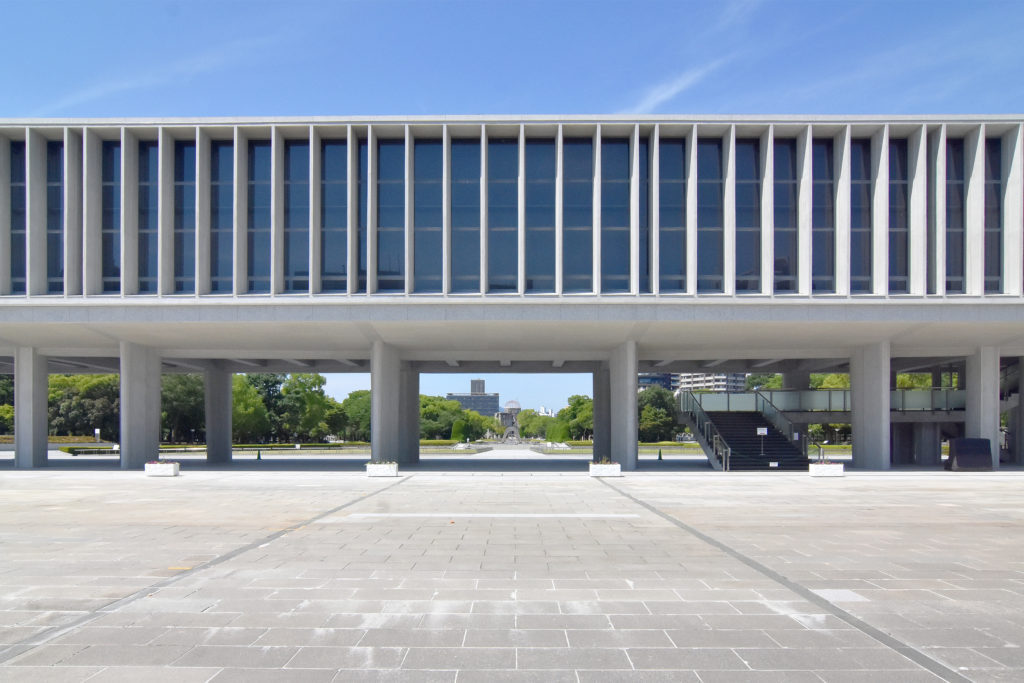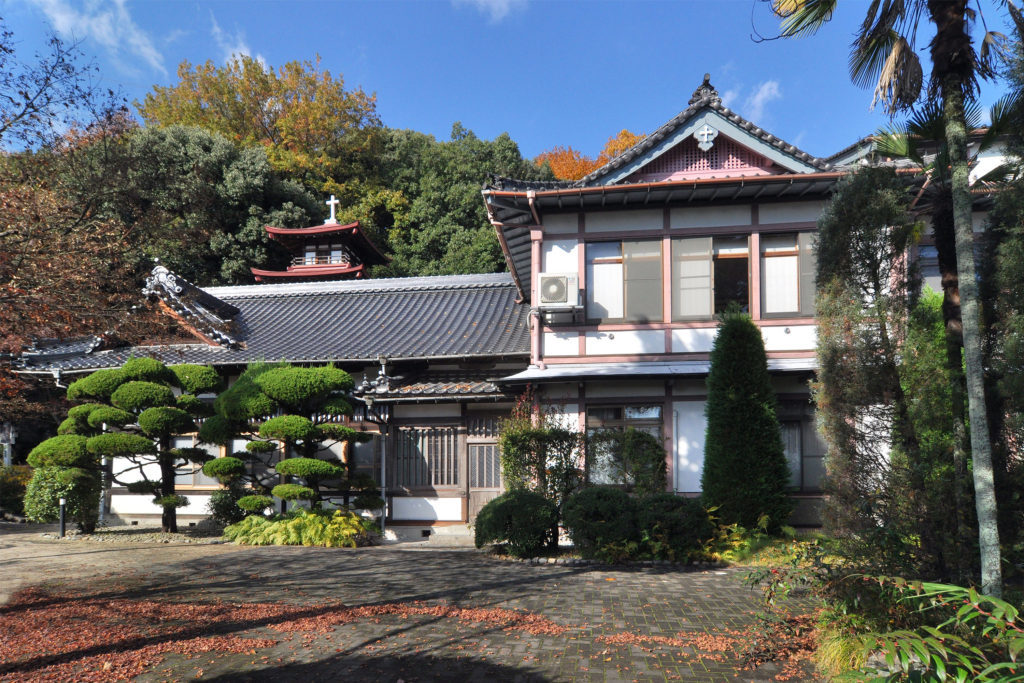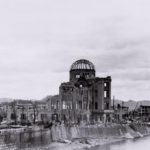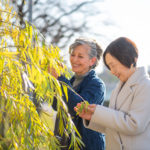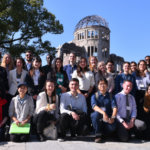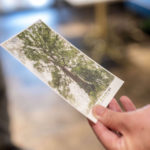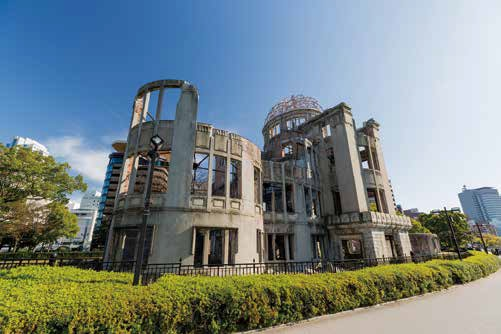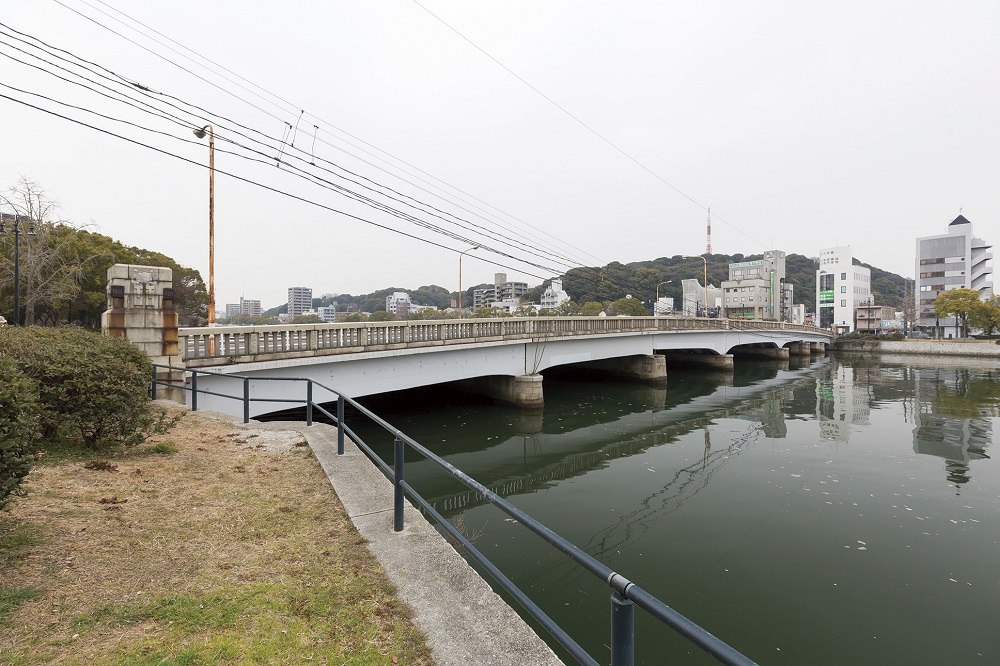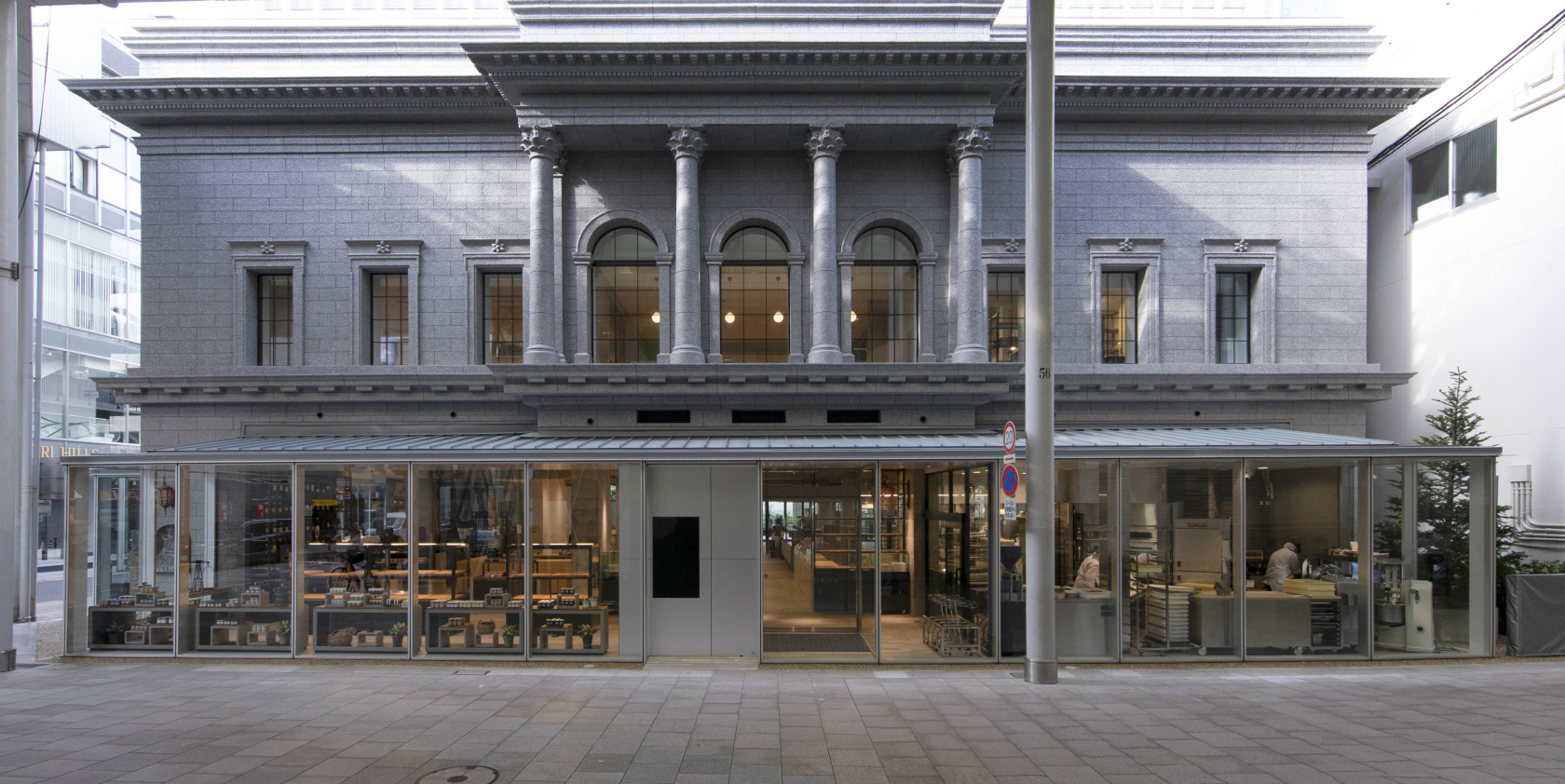Learn Hiroshima’s history from exposured buildings and trees
Learn Hiroshima,s history from exposured buildings and trees
The Hiroshima Peace Memorial Museum (Main Building) is not only a symbolic landmark of the Peace Memorial City of Hiroshima but also a monumental work of architecture. Indeed, it would not be an exaggeration to regard it as the foundation of postwar Japanese architecture. The fact that two buildings in Hiroshima (this museum and the Memorial Cathedral for World Peace), instead of those in Tokyo or Osaka, were the first postwar buildings to be designated as Japan’s nationally important cultural properties is a testament to this. This article shows the history of this building and the people who constructed it.
Memorial Cathedral of World Peace (Noboricho Catholic Church)
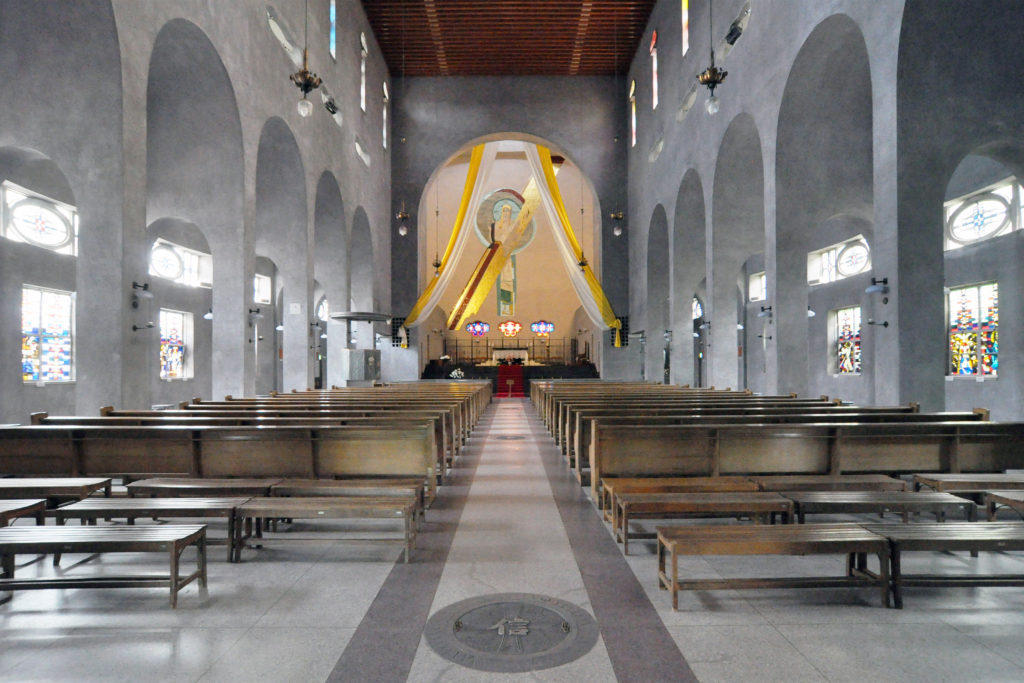
The Memorial Cathedral for World Peace is a prominent Catholic church in Hiroshima. It was rebuilt and enlarged from the remains of the Noboricho Church—which was completely burned down when the atomic bomb was dropped on the city—as a place to pray for world peace. Also known as an architectural masterpiece, it was the first building to be designated as an Important Cultural Property of Japan after the war. This article shows the details of the inside of this building and the process of its construction.
Atomic Bomb Dome (Originally the Hiroshima Prefectural Industrial Promotion Hall)
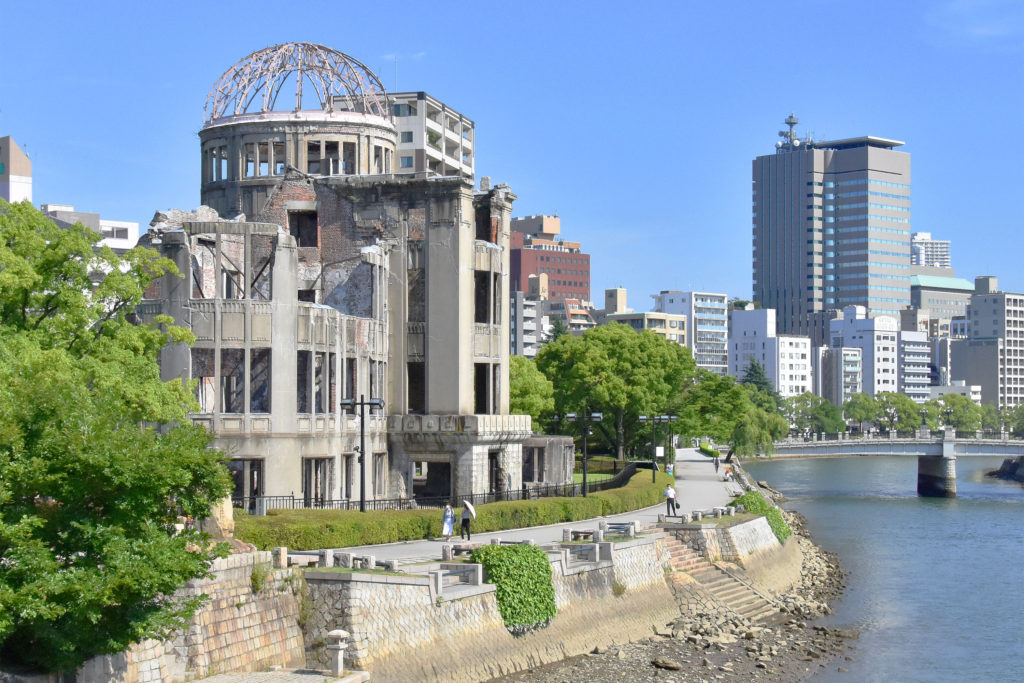
The Atomic Bomb Dome is the most famous building in Hiroshima, and before the atomic bombing, it was well-known as an architectural icon that represented Hiroshima and was also a famous tourist spot. This article shows the building before the atomic bomb was dropped and the details of the structure.
Nagatsuka Monastery for Jesuits
The Nagatsuka Monastery for Jesuits (a Catholic religious order) is located on a small hill in Nagatsuka, Asaminami-ku, Hiroshima City, north of the Hiroshima Delta. Built in 1938, it was originally a training facility for Jesuits called a novitiate. The not very Christian-like, Japanese-style exterior is said to have been designed to blend in with the surrounding houses. This article provides more details about this church that has a Japanese-style appearance.
Former Outpatient Wing of the Japan Post Hiroshima Teishin Hospital

Located near the Hakushima streetcar stop, this white box-like building is one of the few remaining pre-war modernist buildings in Hiroshima, and although you might walk past it thinking it is just another ordinary building, the building actually survived the atomic bomb. This article shows the inside of the building and an era when the building was used as a medical facility before the atomic bomb was dropped.
Former Hiroshima Branch of the Bank of Japan
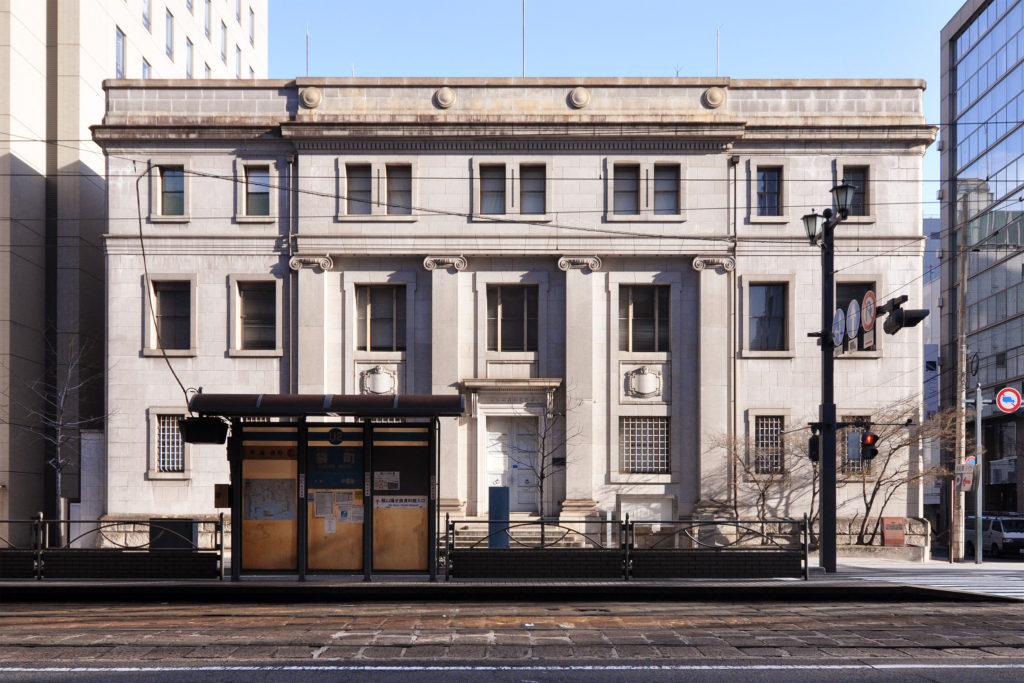
This historic bank is located in the center of the city of Hiroshima, facing Rijo-dori Avenue. Before the war, money from the national treasury was disbursed in Hiroshima, mainly for army-related purposes, so the Bank of Japan opened its Hiroshima sub-branch in 1905, which was promoted to a branch in 1911, and the second branch, built in 1936, still stands today. It remained open until 1992, when the branch was relocated to Motomachi.
This article shows the history and structure of the building.
Others
Think about peace from atomic bombed buildings and trees
If you look at the buildings and trees that survived the atomic bomb, you can see the historical facts and the devastation. Before the bombing, the area of the Peace Memorial Park was called the Nakajima District and was part of the city’s downtown area. However, these areas, which were located very close to the hypocenter of the bombing, were devastated by the atomic bomb.
Think about peace from atomic bombed buildings and trees ( Senda area)
The Senda area is in Naka Ward, Hiroshima City, about 2 km south of the hypocenter. There were many educational facilities, including the Hiroshima University of Arts and Sciences and Senda National School. By dropping the atomic bomb, wooden buildings collapsed and burned down, killing several people.
Think about peace from atomic bombed buildings and trees (Hijiyama Area)
Hijiyama Park, the first official park in Hiroshima City, has been a popular spot for cherry blossoms. As it was only about 2 km from the hypocenter, immediately after the atomic bombing, many people gathered to escape the spreading flames and took refuge in the pathways and under the shade of the trees.



